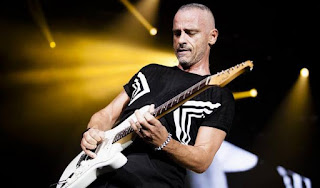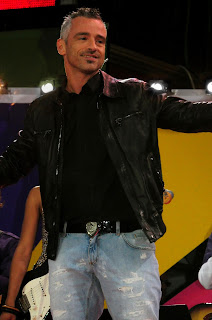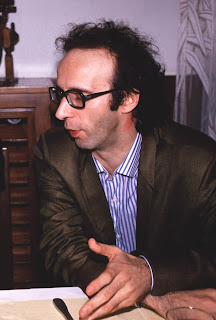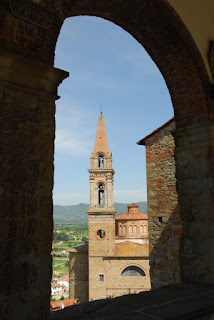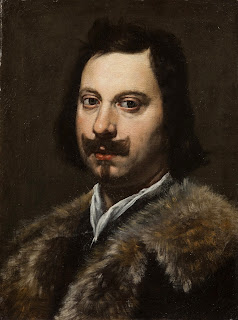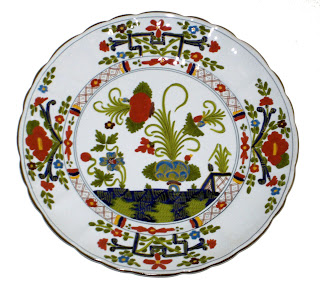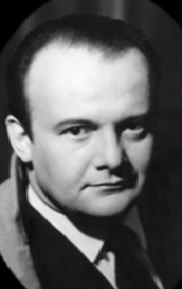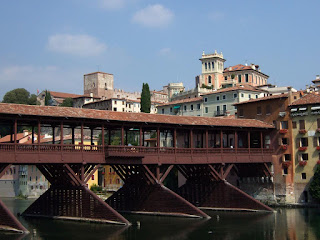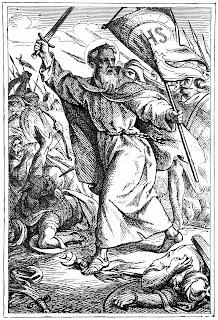Self-taught singer who wowed New York
 |
| Franco Corelli's movie star looks added to the quality of his voice |
Corelli was renowned for the power and vibrancy of his voice, described by some as generating a 'white heat' on the stage when he performed. In a career spanning more than a quarter of a century he mastered all the major tenor roles and appeared at the greatest opera theatres in the world.
He was a fixture at the Metropolitan Opera in New York, where he performed 19 roles over 15 seasons in some 365 appearances. As well as possessing outstanding vocal range, he used his natural assets – he stood 6ft 1ins tall and weighed 200lbs – to develop a charismatic stage presence.
Blessed with movie star looks, he had the appearance of an opera-singing Errol Flynn. He was nicknamed the 'Prince of Tenors'.
Corelli was born in 1921 in Ancona on Italy’s Adriatic coast, in a house just yards from the shore.
His father was a shipbuilder for the Italian navy and as he neared adulthood it seemed that Corelli’s destiny was to pursue the same profession. He obtained a place at Bologna University to study naval engineering.
It was while he was in Bologna that a friend dared him to enter a singing competition. He did not win but the judges were impressed enough with his voice to tell him that with proper training he could have a career as a professional singer if he wanted.
Clearly, he had inherited some of the talent of his grandfather, Augusto, who had been an operatic tenor, and two uncles, who had both been in the chorus of the Teatro delle Muse in Ancona.
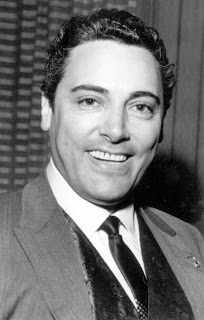 |
| Mario del Monaco's style influenced Corelli |
Although he took advice from the voice coach of another great tenor, Mario del Monaco, he was essentially self taught, identifying Enrico Caruso, Giacomo Lauri-Volpi and Beniamino Gigli among a small group of singers he chose to study.
He developed a vocal power similar to that enjoyed by Del Monaco and after winning a competition at the Maggio Musicale festival in Florence made his opera debut at Spoleto in 1951 as Don Jose in Carmen.
By 1954 he was performing opposite Maria Callas at Teatro alla Scala in Milan, gaining the respect of the brilliant soprano as a co-star whose acting ability matched hers. His debut at the Met came in 1961 in a production of Verdi’s Il Trovatore.
Not all critics were fans. Like Del Monaco, he was accused of sacrificing finesse for power and found some opera writers expressed their disapproval after his debut at the Royal Opera House in Covent Garden in 1957, when in Act II of Puccini’s Tosca he stretched Cavaradossi’s defiant cry of ‘Vittoria!’ to a full 12 seconds to show how good he was at holding a high note. The audience was in raptures but critics panned him for showing off.
Watch Franco Corelli sing the aria E Lucevan le stelle from Tosca
Later in his career, it surprised no one that he should have behaved in such a way as he developed a reputation as someone who had a sharp sense of his own importance.
Prone to temperamental outbursts, he was said to be incensed, during a Met production of Puccini’s Turandot in Boston, when the Swedish soprano Birgit Nilsson held a high ‘C’ for longer than he had. Later in the performance, Ms Nilsson claimed he took the opportunity presented by a scene in which he was required to plant a stage kiss her cheek to bite her on the neck, something Corelli denied but his co-star insisted was true.
 |
| Franco Corelli as he appeared in the title role in Umberto Giordano's Andrea Chénier |
Ahead of any performance he was nervous and ritualistic, making it a contractual obligation on the part of the theatre to prepare him steak tartare with lemon juice and raw garlic, which he consumed immediately before going on stage with no regard for the sensitivities of his leading lady, whatever her stature. On the other hand, he neither smoked nor drank alcohol at any time.
Away from performing, he had a taste for the high life. He modelled clothes for Town and Country magazine and had a passion for expensive cars and cameras. At one point during his years of fame in America he had a Jaguar, an Alfa Romeo Giulietta, a Lincoln Continental and a Cadillac in his garage and he could pick from any one of 12 cameras when he decided he wanted a day to indulge his interest in photography.
In 1958 he met Loretta di Lelio backstage at the Rome Opera House and they married, at which point the fledgling soprano gave up her career to become his secretary, business manager, agent and translator. A forceful negotiator, she won him many lucrative contracts.
Corelli was at his peak between 1950 and 1970, after which he began to scale back his appearances sharply. He retired in 1976, having decided his vocal powers were beginning to decline and unwilling to expose his ego to the harsh criticisms that he knew would come if he overstayed his welcome.
It was a wise decision, ensuring his place among the greats of opera would be preserved.
 |
| An aerial view of the Adriatic port of Ancona |
Ancona is the capital of the Marche region. A port city of more than 100,000 inhabitants, it is known for its beaches, such as the Spiaggia del Passetto, and for the 12th century Cathedral of San Ciriaco, which sits on a hilltop. The Fontana del Calamo, with bronze masks of mythic figures, is a feature in the city centre. On opposite sides of the port are the ancient Arch of Trajan and the 18th century quarantine station, the Lazzaretto.
Travel tip:
The ancient city of Spoleto in Umbria, where Corelli made his stage debut, is famous for its Festival dei Due Mondi (Festival of the Two Worlds), founded in 1958, which is held annually in late June-early July. It has developed into one of Italy’s most important cultural events, with a three-week schedule of music, theatre and dance performances.
More reading:
Tito Gobbi - baritone who found fame on screen and stage
Luciano Pavarotti - maestro remembered as 'King of the Hugh Cs'
Andrea Bocelli - today's modern superstar tenor
Home
